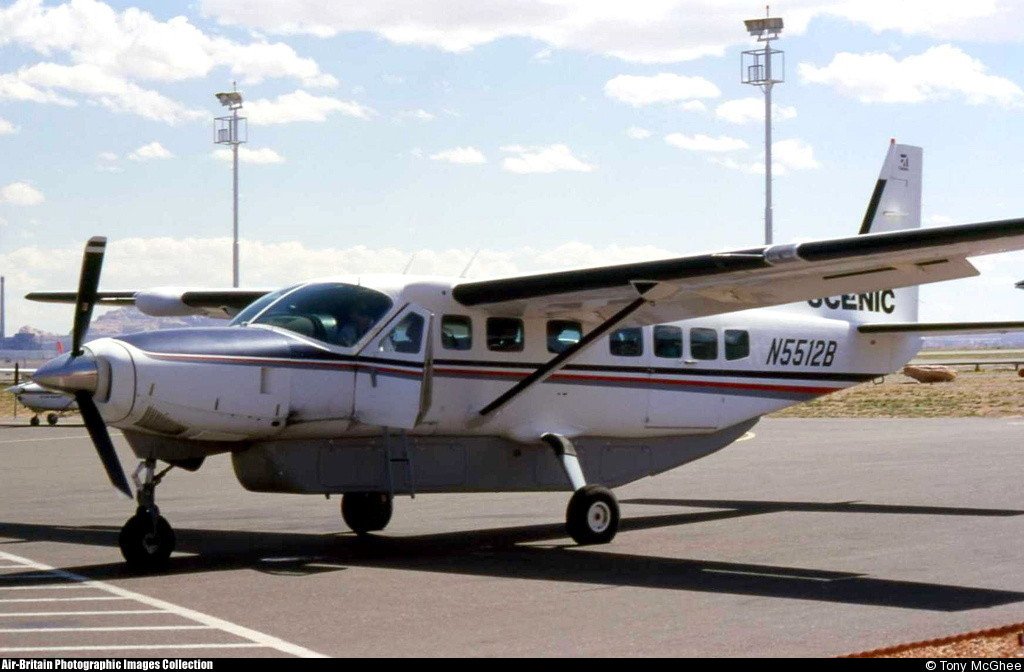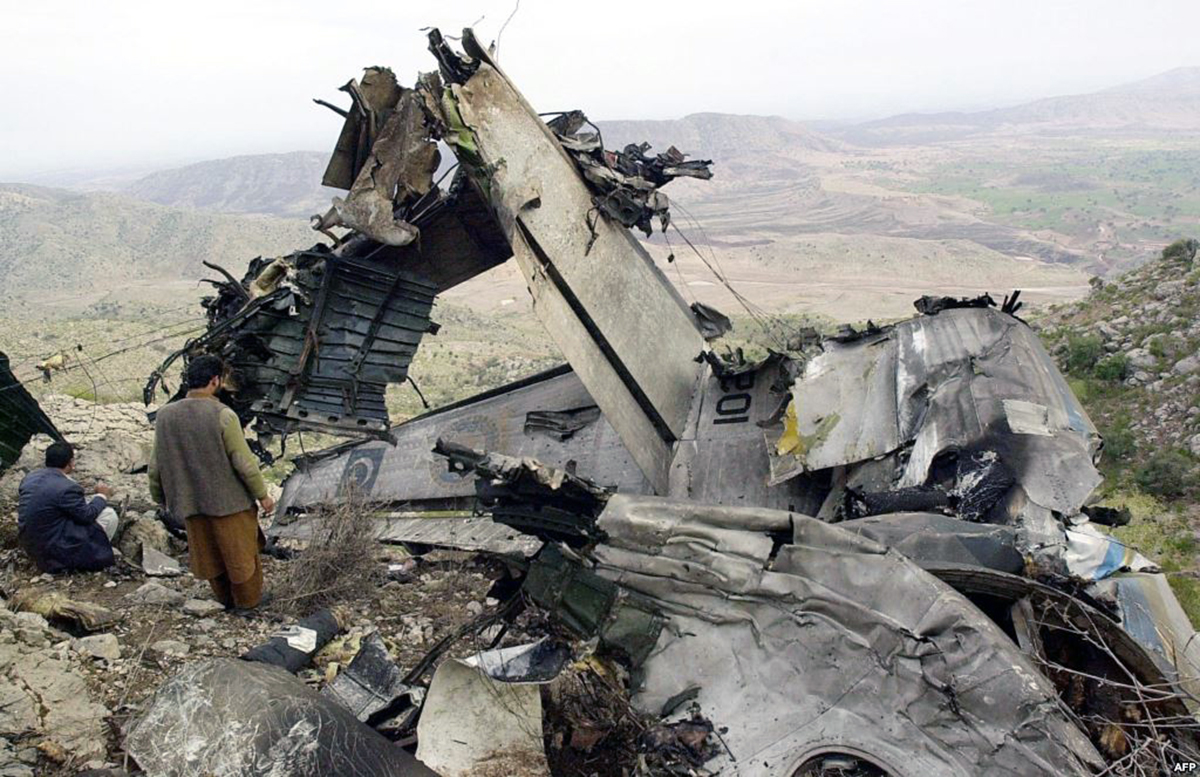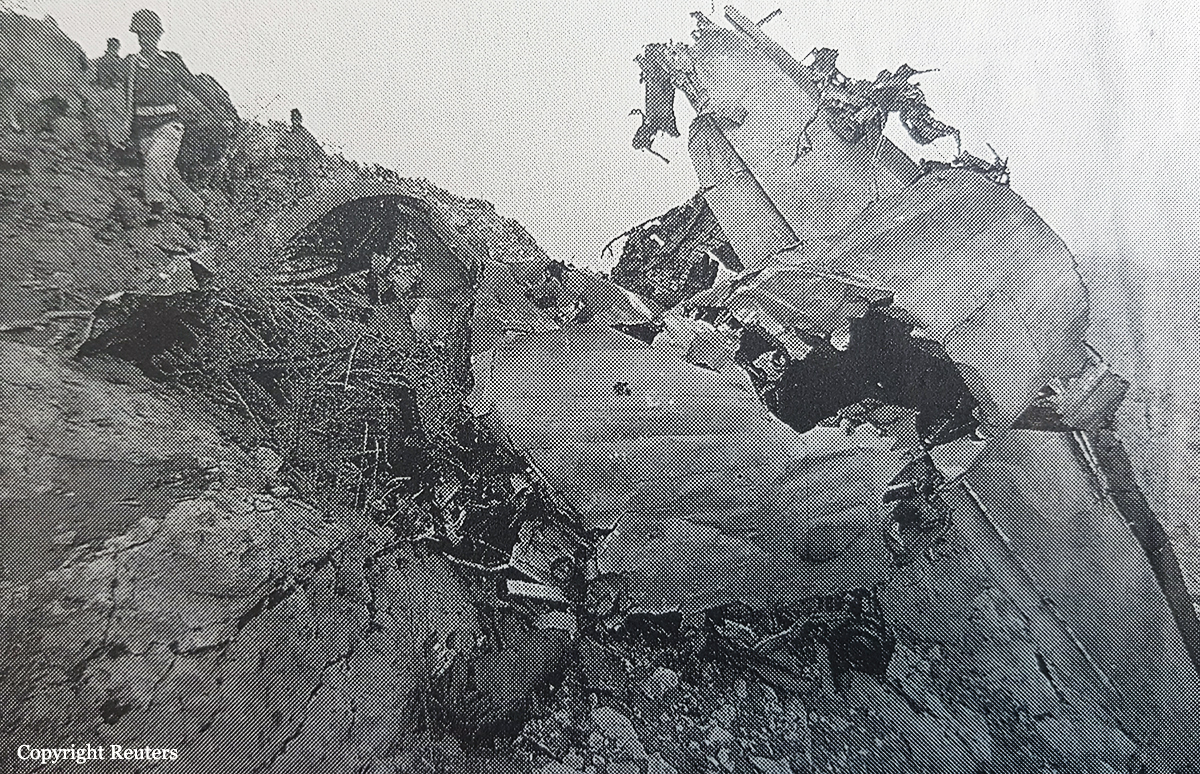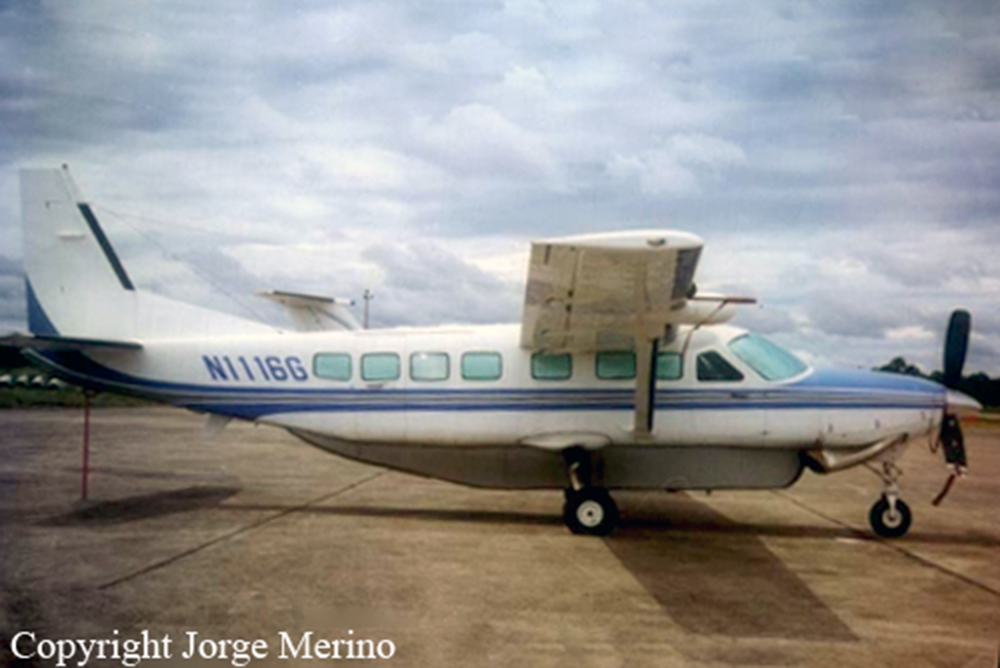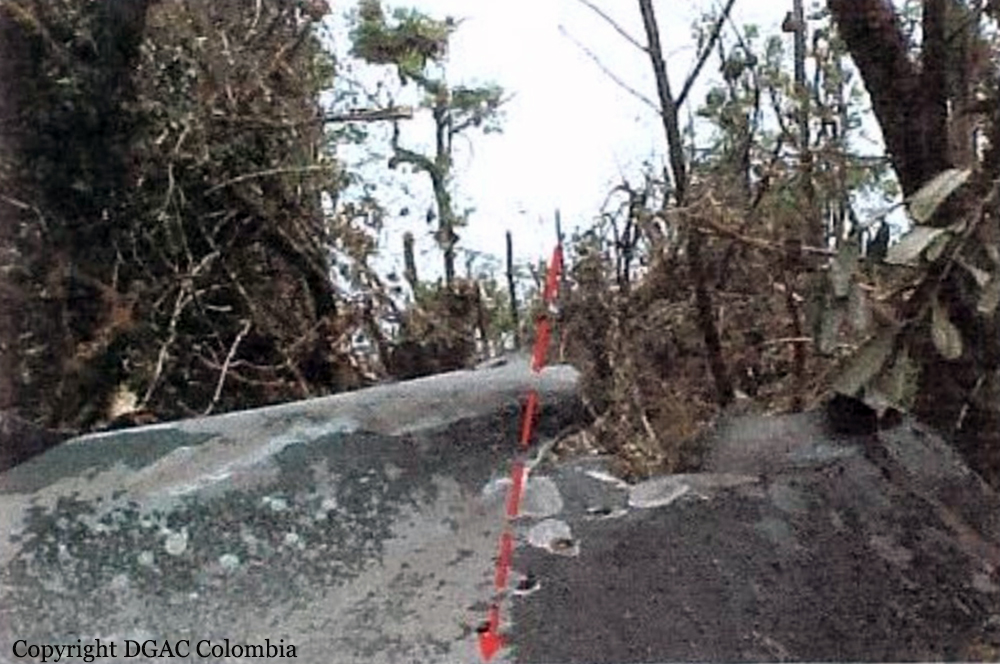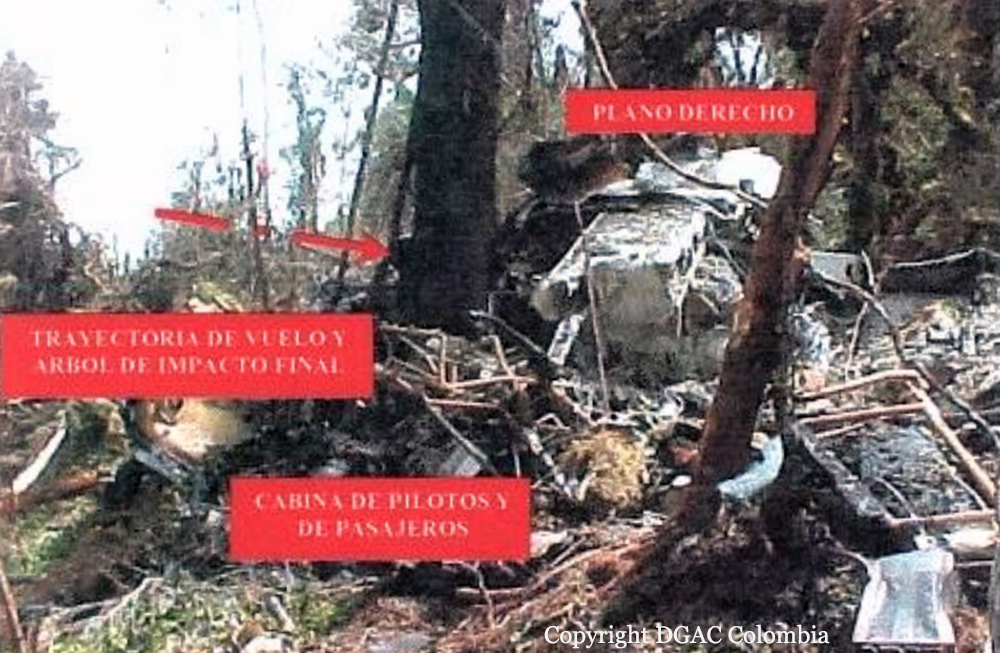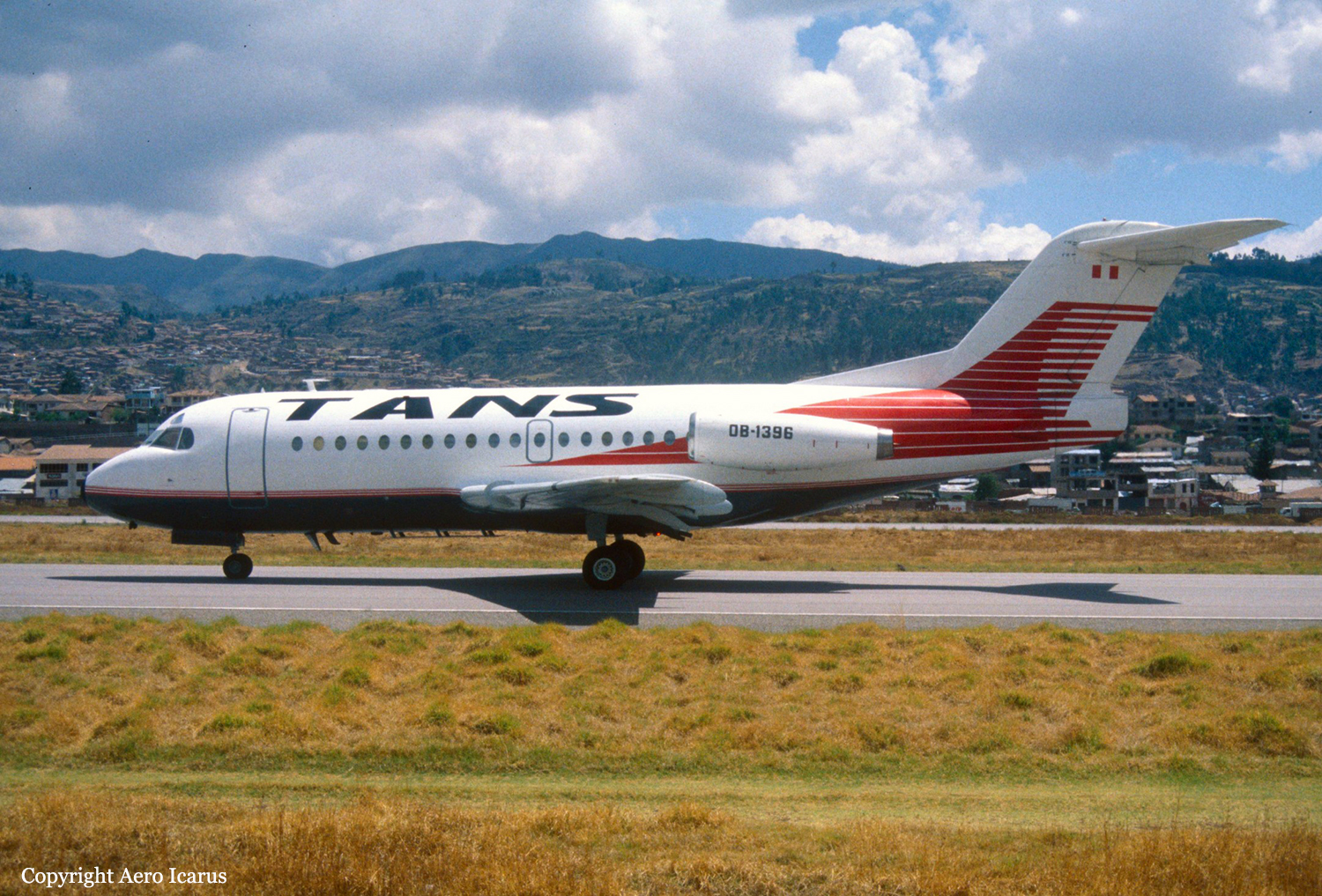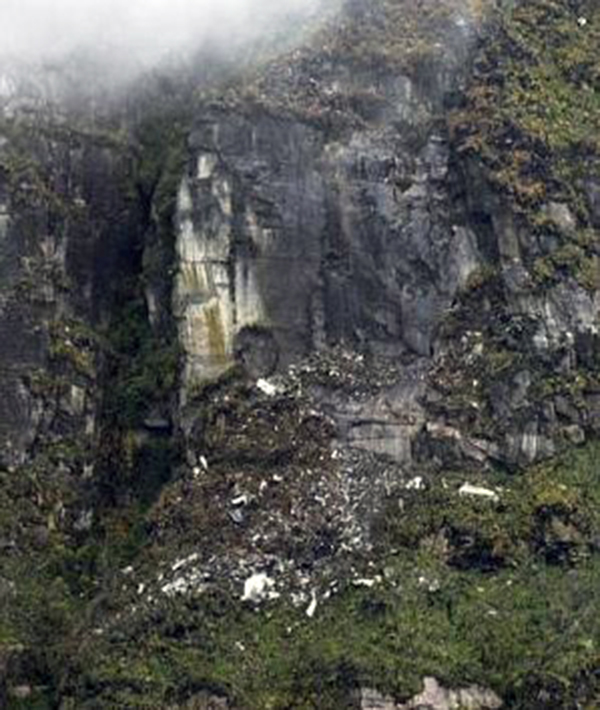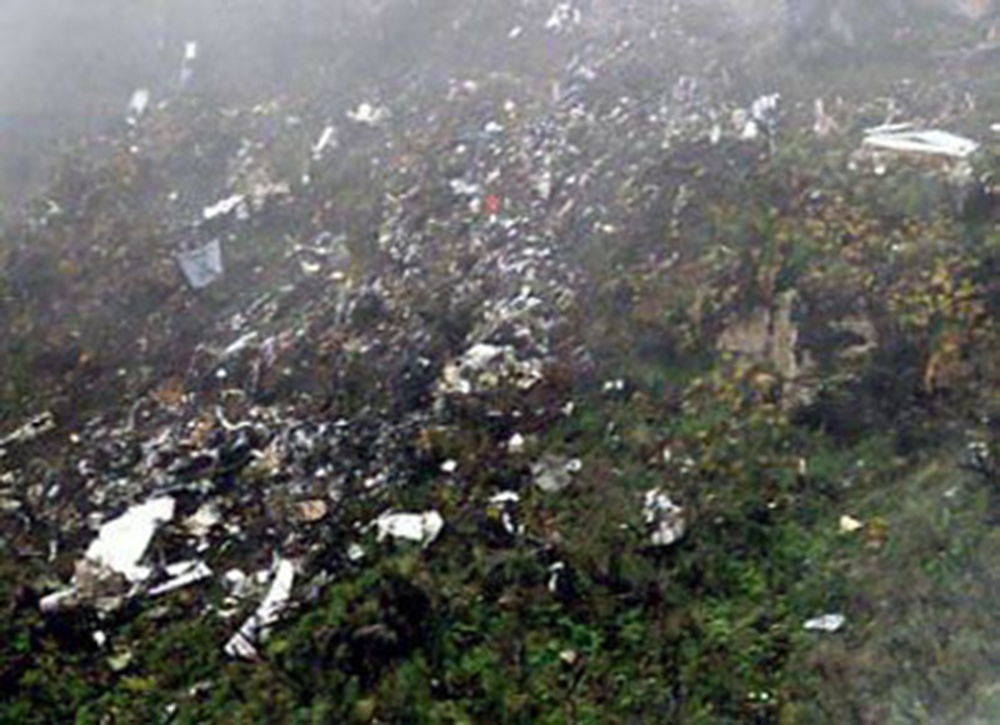Crash of a Cessna 207 Skywagon in Grants Pass: 2 killed
Date & Time:
Apr 9, 2003 at 0850 LT
Registration:
N9785M
Survivors:
No
Schedule:
North Bend – Grants Pass
MSN:
207-0729
YOM:
1981
Crew on board:
1
Crew fatalities:
Pax on board:
1
Pax fatalities:
Other fatalities:
Total fatalities:
2
Aircraft flight hours:
4516
Circumstances:
During a visual flight rules (VFR) cross-country flight from North Bend, Oregon, to Grants Pass, Oregon, the airplane collided with mountainous terrain approximately seven miles northwest of the pilot's planned destination. Weather data and witness reports outlined areas of low ceilings and low visibility throughout the area during the approximate time of the accident. Post-accident inspection of the aircraft and engine revealed no evidence of a mechanical malfunction or failure.
Probable cause:
The pilot's failure to maintain clearance from mountainous terrain while in cruise flight. Factors include low ceilings and mountainous terrain.
Final Report:


